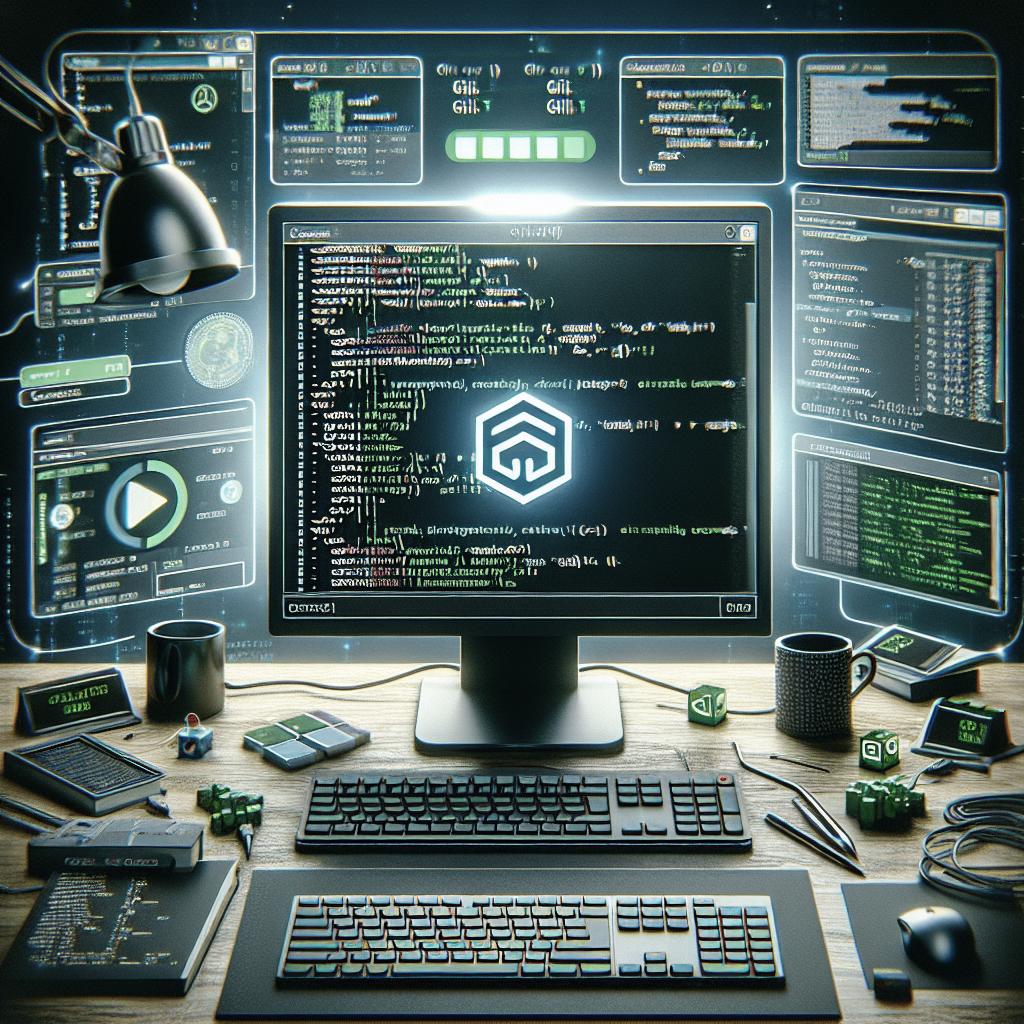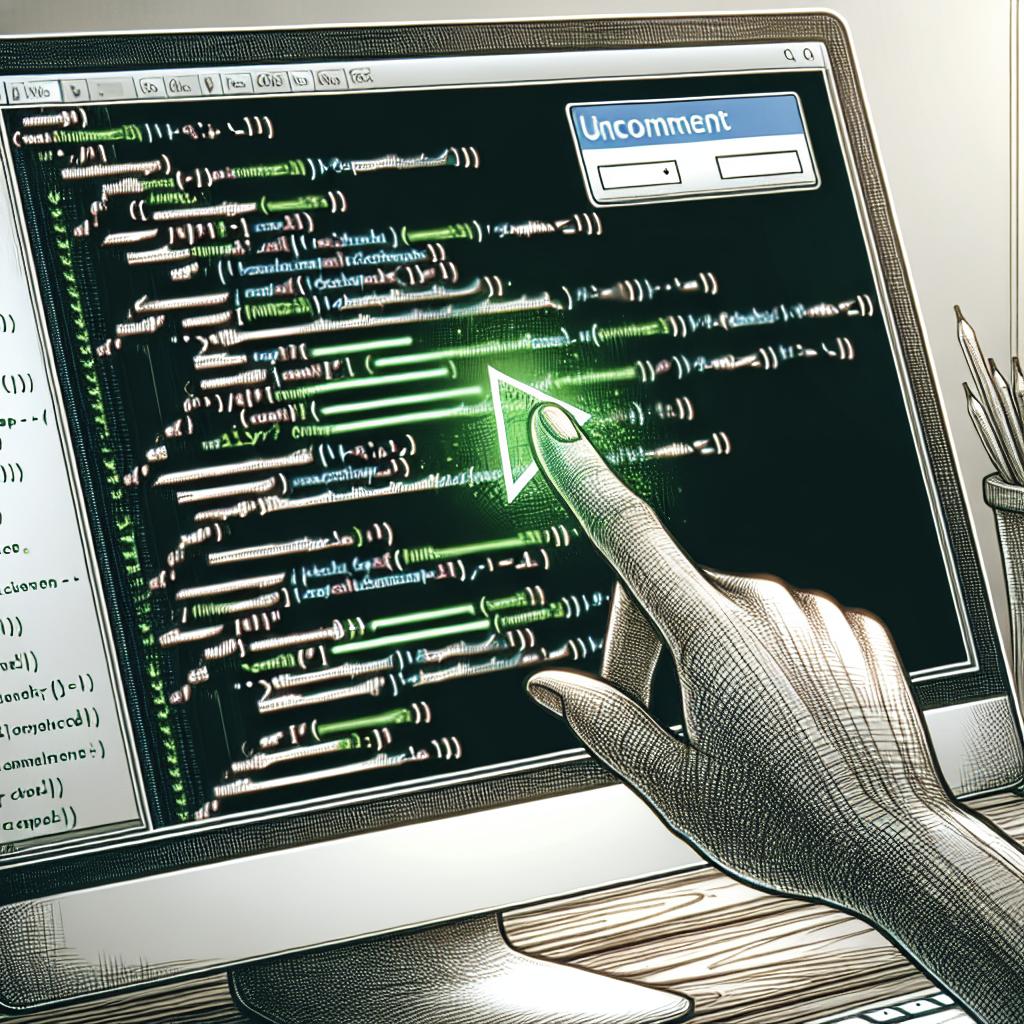In today’s fast-paced digital world, keeping your code up to date and synchronized is essential for collaborative software development. GitHub serves as a powerful tool for managing and sharing repositories, but understanding how to update these repositories effectively can save you a lot of time and hassle. In this comprehensive guide, we’ll walk you through the process of updating a GitHub repository. From setting up upstream remotes and understanding merge conflicts to syncing your local repository with the central one, this tutorial will arm you with everything you need to keep your repositories in perfect sync. Let’s dive in and demystify this process!
Tutorial
Updating a GitHub repository might seem complex, but it starts with understanding the basic commands and concepts. First, ensure that your local repository is in sync with the central one. Begin with fetching the latest changes from the remote repository using `git fetch`. This command updates your local copy with data without altering your working directory. After fetching, use `git merge` to integrate the new fetched data into your current branch. Often, you’ll need to pull updates directly using `git pull`, which is essentially a combination of `git fetch` and `git merge` in one step. This method is quicker but sometimes results in merge conflicts, especially in collaborative environments. To push changes back to the central repository, you use the `git push` command. Committing local changes before pushing ensures that your modifications are saved and documented.
Learning Objectives
By the end of this tutorial, you’ll understand how to: 1. Set up an upstream remote for your repository 2. Fetch and incorporate changes from a central repository 3. Resolve common merge conflicts that may arise during updates 4. Efficiently push your local changes to the central repository These objectives provide you with a comprehensive understanding of managing GitHub repositories and ensure seamless code integration in collaborative projects. You’ll also gain insights into best practices for maintaining synchronization between local and remote repositories, a critical skill for any developer working in team settings.
Additional Resources
To deepen your understanding of GitHub and repository management, consider exploring official documentation on the [GitHub Docs](https://docs.github.com/en), which offers in-depth tutorials and examples. For a community-driven approach, [Stack Overflow](https://stackoverflow.com/) is an excellent resource for troubleshooting specific issues. Online courses on platforms like [Coursera](https://www.coursera.org/) or [Udemy](https://www.udemy.com/) also offer structured learning paths that cover Git and GitHub from basics to advanced techniques. These resources can supplement your hands-on practice, providing varying perspectives and strategies for mastering repository management.
Update, then Work
Before starting any work on your local repository, ensure it is up to date. This practice minimizes the chances of encountering merge conflicts. Using `git pull origin main` (assuming your main branch is named “main”) fetches and merges changes from the central repo. This way, you start with the latest version and avoid overwriting others’ contributions. Occasionally, updates from the central repository may not align seamlessly with your local changes. In such cases, it’s crucial to understand and resolve merge conflicts effectively. Regularly updating your repository ensures that your work integrates smoothly with that of your collaborators.
What’s A Merge Conflict?
A merge conflict occurs when Git cannot automatically reconcile differences in code between two commits. This often happens when multiple people edit the same part of a file. When a conflict arises, Git marks the conflicting areas in the affected files, allowing you to resolve them manually. To resolve a merge conflict, open the conflicting file in your code editor and look for lines marked by Git. These markers indicate the conflicting changes. Decide which changes to keep, remove the conflict markers, and save the file. You then commit the resolved changes to finalize the merge. Understanding and resolving merge conflicts is essential for a smooth collaborative workflow.
Set up Upstream Remote
Setting up an upstream remote allows your local repository to fetch changes from the original source. An upstream remote is beneficial, especially when working on a forked repository. To set this up, navigate to your local repository in your terminal and use `git remote add upstream [upstream-repository-URL]`. The upstream URL is the original repository from which your fork was created. After adding the upstream remote, fetch its latest changes using `git fetch upstream`. This command updates your local branches with any new commits from the upstream repository. Merging these changes into your local branches keeps your forked repository updated with the latest advancements and bug fixes from the original project.
Workflow Summary
Understanding the workflow to update a GitHub repository is key to maintaining harmony in your project. Start by setting up the upstream remote and regularly fetch its updates. Incorporate these changes into your local repository to stay current. Push your changes back to the central repository to ensure everyone has access to the latest code.
Syncing Central Repo with Local Repo
To sync your local repository with the central one, start with fetching updates using `git fetch origin`. This command gathers data from the remote repository without altering your working directory. Follow up by merging these updates into your local branch using `git merge origin/main`. Alternatively, use `git pull` for a more streamlined approach. This command fetches and merges changes in one go. However, be mindful of potential merge conflicts and resolve them promptly to maintain a smooth workflow. Regular syncing ensures that your local work stays integrated with the overall project progress. Here’s a summary of the main points covered in this guide: “`html
| Topic | Details |
|---|---|
| Setting up Upstream Remote | How to add and fetch from upstream remote repository |
| Fetching and Merging Changes | Commands: git fetch, git merge, git pull |
| Resolving Merge Conflicts | Identifying and resolving code conflicts |
| Syncing Repositories | Keeping local and central repositories in sync |
| Additional Resources | Links to GitHub Docs, Stack Overflow, Coursera, and Udemy |
“` This structured approach to updating GitHub repositories ensures that your collaborations remain efficient and conflict-free. By mastering these skills, you can maintain a seamless and productive development environment.


